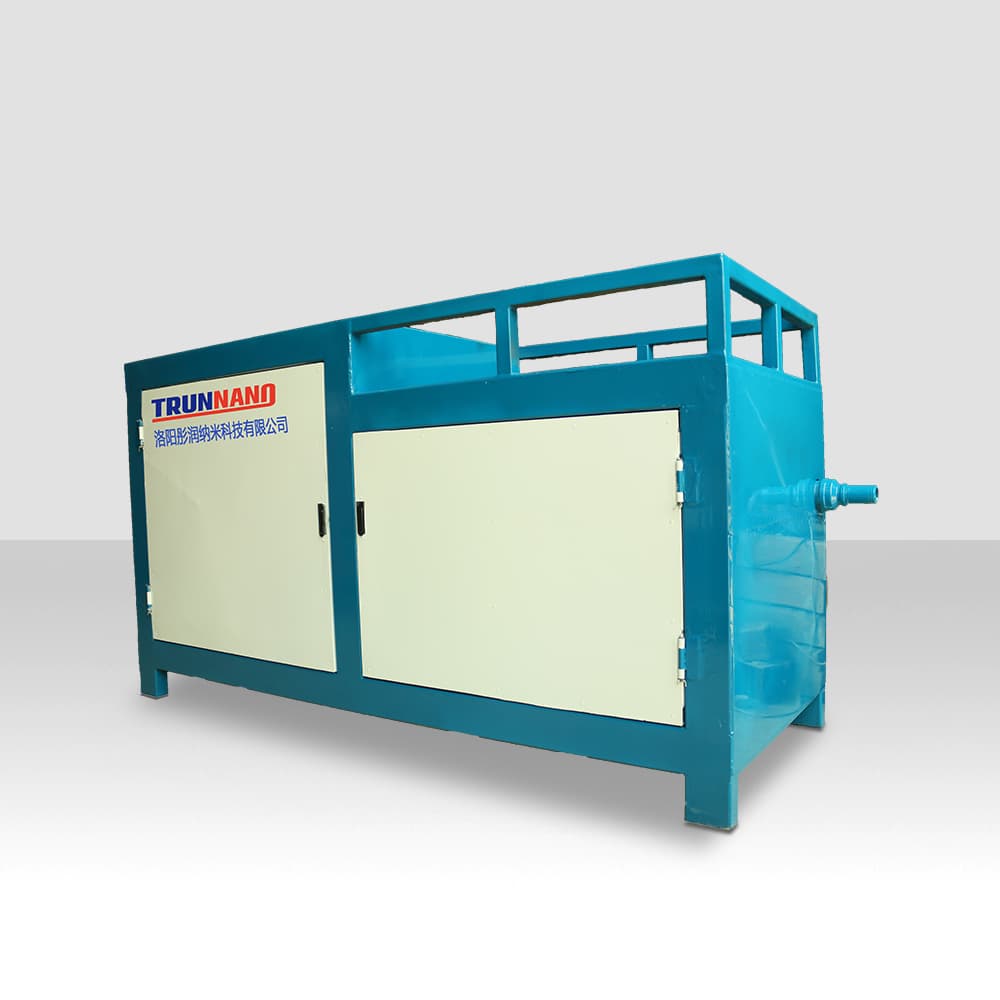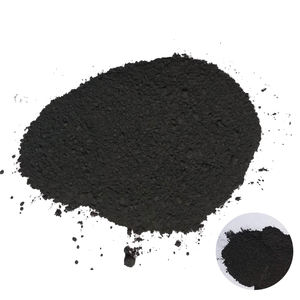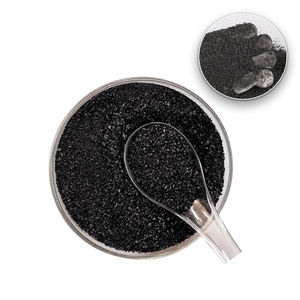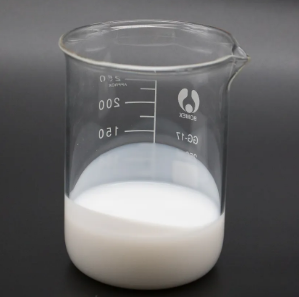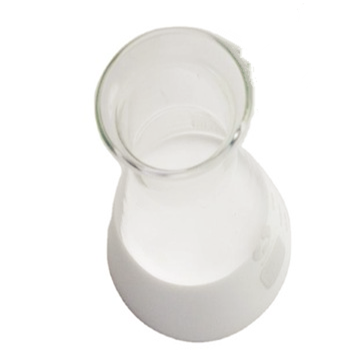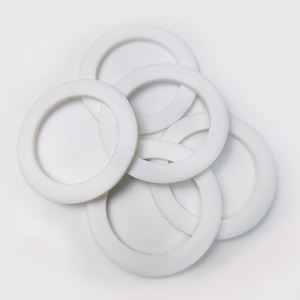1. Essential Chemistry and Crystallographic Style of Boron Carbide
1.1 Molecular Make-up and Structural Complexity
(Boron Carbide Ceramic)
Boron carbide (B ₄ C) stands as one of one of the most intriguing and technically essential ceramic products as a result of its special combination of extreme solidity, reduced thickness, and remarkable neutron absorption ability.
Chemically, it is a non-stoichiometric substance primarily composed of boron and carbon atoms, with an idyllic formula of B FOUR C, though its actual structure can vary from B FOUR C to B ₁₀. FIVE C, showing a broad homogeneity array controlled by the substitution systems within its facility crystal latticework.
The crystal structure of boron carbide belongs to the rhombohedral system (room group R3̄m), characterized by a three-dimensional network of 12-atom icosahedra– clusters of boron atoms– connected by direct C-B-C or C-C chains along the trigonal axis.
These icosahedra, each consisting of 11 boron atoms and 1 carbon atom (B ₁₁ C), are covalently bound through exceptionally strong B– B, B– C, and C– C bonds, contributing to its amazing mechanical rigidity and thermal security.
The presence of these polyhedral systems and interstitial chains presents structural anisotropy and intrinsic flaws, which affect both the mechanical behavior and electronic residential properties of the material.
Unlike less complex porcelains such as alumina or silicon carbide, boron carbide’s atomic style enables substantial configurational flexibility, making it possible for issue development and fee circulation that affect its efficiency under stress and anxiety and irradiation.
1.2 Physical and Digital Qualities Developing from Atomic Bonding
The covalent bonding network in boron carbide leads to one of the highest possible well-known firmness values among synthetic products– second just to diamond and cubic boron nitride– typically ranging from 30 to 38 GPa on the Vickers hardness scale.
Its density is incredibly reduced (~ 2.52 g/cm ³), making it about 30% lighter than alumina and nearly 70% lighter than steel, a vital advantage in weight-sensitive applications such as individual shield and aerospace parts.
Boron carbide exhibits exceptional chemical inertness, withstanding assault by many acids and antacids at area temperature level, although it can oxidize above 450 ° C in air, creating boric oxide (B ₂ O FOUR) and carbon dioxide, which may endanger architectural stability in high-temperature oxidative environments.
It possesses a wide bandgap (~ 2.1 eV), identifying it as a semiconductor with potential applications in high-temperature electronic devices and radiation detectors.
Additionally, its high Seebeck coefficient and reduced thermal conductivity make it a candidate for thermoelectric power conversion, specifically in severe environments where traditional products fall short.
(Boron Carbide Ceramic)
The material also shows extraordinary neutron absorption because of the high neutron capture cross-section of the ¹⁰ B isotope (around 3837 barns for thermal neutrons), providing it vital in nuclear reactor control rods, shielding, and invested gas storage systems.
2. Synthesis, Handling, and Difficulties in Densification
2.1 Industrial Production and Powder Construction Strategies
Boron carbide is primarily created with high-temperature carbothermal decrease of boric acid (H TWO BO SIX) or boron oxide (B ₂ O TWO) with carbon resources such as petroleum coke or charcoal in electric arc heaters operating above 2000 ° C.
The response proceeds as: 2B ₂ O THREE + 7C → B ₄ C + 6CO, yielding coarse, angular powders that require comprehensive milling to achieve submicron fragment sizes ideal for ceramic handling.
Alternative synthesis paths consist of self-propagating high-temperature synthesis (SHS), laser-induced chemical vapor deposition (CVD), and plasma-assisted techniques, which supply far better control over stoichiometry and particle morphology however are less scalable for commercial use.
Due to its extreme solidity, grinding boron carbide into fine powders is energy-intensive and vulnerable to contamination from milling media, demanding using boron carbide-lined mills or polymeric grinding help to protect purity.
The resulting powders need to be meticulously identified and deagglomerated to guarantee uniform packing and reliable sintering.
2.2 Sintering Limitations and Advanced Combination Approaches
A significant obstacle in boron carbide ceramic construction is its covalent bonding nature and low self-diffusion coefficient, which significantly limit densification during traditional pressureless sintering.
Also at temperature levels approaching 2200 ° C, pressureless sintering commonly yields ceramics with 80– 90% of theoretical density, leaving residual porosity that breaks down mechanical stamina and ballistic efficiency.
To conquer this, advanced densification methods such as warm pushing (HP) and hot isostatic pressing (HIP) are utilized.
Warm pushing applies uniaxial pressure (commonly 30– 50 MPa) at temperatures in between 2100 ° C and 2300 ° C, promoting particle reformation and plastic contortion, enabling thickness surpassing 95%.
HIP further boosts densification by using isostatic gas pressure (100– 200 MPa) after encapsulation, getting rid of closed pores and accomplishing near-full thickness with boosted crack toughness.
Ingredients such as carbon, silicon, or shift steel borides (e.g., TiB TWO, CrB TWO) are sometimes presented in tiny quantities to improve sinterability and hinder grain development, though they might somewhat decrease hardness or neutron absorption efficiency.
Despite these breakthroughs, grain limit weakness and inherent brittleness continue to be consistent obstacles, specifically under dynamic loading problems.
3. Mechanical Actions and Performance Under Extreme Loading Conditions
3.1 Ballistic Resistance and Failure Systems
Boron carbide is commonly recognized as a premier material for light-weight ballistic defense in body armor, car plating, and airplane securing.
Its high hardness enables it to effectively deteriorate and deform incoming projectiles such as armor-piercing bullets and fragments, dissipating kinetic power via devices consisting of fracture, microcracking, and local stage transformation.
Nonetheless, boron carbide displays a sensation referred to as “amorphization under shock,” where, under high-velocity influence (typically > 1.8 km/s), the crystalline framework falls down right into a disordered, amorphous phase that does not have load-bearing ability, bring about disastrous failing.
This pressure-induced amorphization, observed using in-situ X-ray diffraction and TEM studies, is attributed to the breakdown of icosahedral devices and C-B-C chains under severe shear stress.
Efforts to minimize this consist of grain refinement, composite design (e.g., B FOUR C-SiC), and surface area coating with pliable metals to postpone crack proliferation and include fragmentation.
3.2 Use Resistance and Industrial Applications
Past defense, boron carbide’s abrasion resistance makes it ideal for industrial applications including extreme wear, such as sandblasting nozzles, water jet cutting ideas, and grinding media.
Its hardness significantly goes beyond that of tungsten carbide and alumina, causing extended life span and reduced upkeep costs in high-throughput manufacturing environments.
Elements made from boron carbide can run under high-pressure unpleasant circulations without fast destruction, although treatment must be taken to prevent thermal shock and tensile anxieties during operation.
Its usage in nuclear settings additionally includes wear-resistant parts in gas handling systems, where mechanical toughness and neutron absorption are both needed.
4. Strategic Applications in Nuclear, Aerospace, and Emerging Technologies
4.1 Neutron Absorption and Radiation Protecting Solutions
Among the most vital non-military applications of boron carbide remains in nuclear energy, where it serves as a neutron-absorbing product in control poles, shutdown pellets, and radiation shielding structures.
As a result of the high abundance of the ¹⁰ B isotope (normally ~ 20%, yet can be enhanced to > 90%), boron carbide effectively catches thermal neutrons through the ¹⁰ B(n, α)⁷ Li reaction, creating alpha particles and lithium ions that are easily contained within the product.
This response is non-radioactive and produces minimal long-lived byproducts, making boron carbide safer and much more stable than options like cadmium or hafnium.
It is utilized in pressurized water reactors (PWRs), boiling water reactors (BWRs), and research activators, usually in the form of sintered pellets, clad tubes, or composite panels.
Its security under neutron irradiation and ability to retain fission products enhance reactor safety and security and operational durability.
4.2 Aerospace, Thermoelectrics, and Future Material Frontiers
In aerospace, boron carbide is being checked out for usage in hypersonic vehicle leading edges, where its high melting factor (~ 2450 ° C), reduced density, and thermal shock resistance offer advantages over metal alloys.
Its capacity in thermoelectric devices stems from its high Seebeck coefficient and reduced thermal conductivity, making it possible for straight conversion of waste warm right into electrical energy in severe atmospheres such as deep-space probes or nuclear-powered systems.
Research study is additionally underway to establish boron carbide-based compounds with carbon nanotubes or graphene to improve sturdiness and electrical conductivity for multifunctional architectural electronics.
Additionally, its semiconductor residential properties are being leveraged in radiation-hardened sensing units and detectors for space and nuclear applications.
In summary, boron carbide ceramics represent a keystone product at the intersection of extreme mechanical efficiency, nuclear engineering, and progressed production.
Its distinct mix of ultra-high solidity, low density, and neutron absorption capacity makes it irreplaceable in defense and nuclear technologies, while ongoing study continues to broaden its utility right into aerospace, energy conversion, and next-generation compounds.
As refining techniques improve and new composite styles emerge, boron carbide will certainly stay at the leading edge of materials development for the most demanding technological difficulties.
5. Vendor
Advanced Ceramics founded on October 17, 2012, is a high-tech enterprise committed to the research and development, production, processing, sales and technical services of ceramic relative materials and products. Our products includes but not limited to Boron Carbide Ceramic Products, Boron Nitride Ceramic Products, Silicon Carbide Ceramic Products, Silicon Nitride Ceramic Products, Zirconium Dioxide Ceramic Products, etc. If you are interested, please feel free to contact us.(nanotrun@yahoo.com)
Tags: Boron Carbide, Boron Ceramic, Boron Carbide Ceramic
All articles and pictures are from the Internet. If there are any copyright issues, please contact us in time to delete.
Inquiry us


